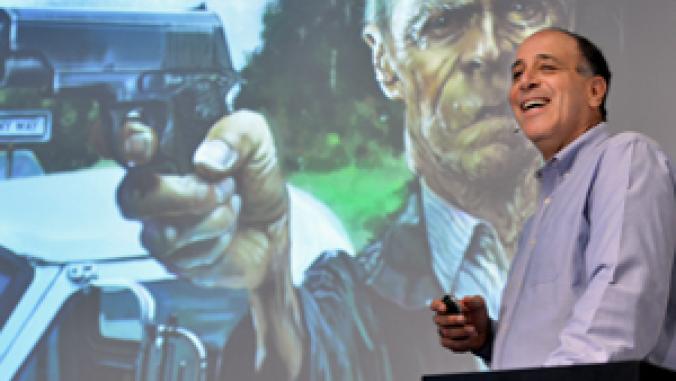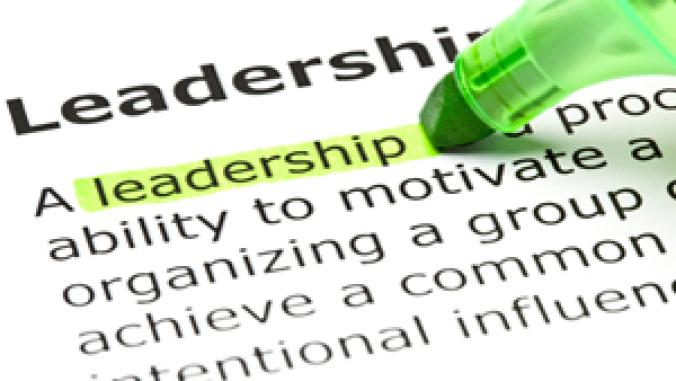IF11: Rising to the Next Challenge of Innovation
<p>Innovation can be hard to recognize and tougher to achieve. There's no app for it, yet there are ways to stimulate the creative thinking that can bring sweeping change, says Steelcase's Angela Nahikian, who shared her insights at IF11.</p>

Innovation can be hard to recognize and even tougher to achieve. There's no app or perfect formula for it, says Steelcase's Angela Nahikian.
Yet there are ways for companies to stimulate the creative thinking that can yield the great ideas leading to sweeping change. Thinking about the impact of innovation is key to the process, Nahikian told the audience at the GreenBiz Innovation Forum.
"You know real innovation has happened when social norms, expectations and behaviors have fundamentally changed," said Nahikian, the director of global environmental sustainability for Steelcase. "That means innovators are social change agents -- and that takes it up a notch. The innovator really has to think, 'What effect am I going to have on the system?' "
"I think that's the next challenge -- to think of things from a systems view," she said.
Steelcase, a giant in the office furniture industry, has been a leader in innovation and in integrating sustainability into the innovation process. Here are insights Nahikian shared on the subject in an IF11 interview with GreenBiz Executive Editor Joel Makower:
Essential Lessons Learned on Sustainable Innovation
"It's messy it's human, it's person to person ... [and] it involves a whole other set of competencies at the systems level and being able to think at the scalable level."
The Value of Joy and Purpose
"The thought leaders in sustainability are talking things like about joy and purpose. Those are not business terms. I don't know about your company, but we don't often throw around terms like joy, purpose and sharing in the average business meeting. But those are the new catalysts, because in the end, those are the things that are about the system. ... People are seeking meaning. I think that this gives them the opportunity to bring meaning to their work."
Leadership and Employee Engagement
"Leadership engagement at the very top level means all the leaders align with what you're trying to accomplish as a company."
"Leadership engagement is not an event. It's an ongoing thing."
"We don't have the problem at Steelcase that people feel they aren't being heard. But [companies] have to realize that good ideas can be buried in quiet places."
That's why, she said, there needs to be conversations with employees to ask, "What are you working on, what are you interested in, what else is happening in your life?" Companies have to "create the space and the moments for formal, structured conversations in addition to organic ones."
Speaking a Common Language
"We're all guilty of this. We all have our own language. Something as simple as closed loop systems means something different for manufacturing than it does for product and launch. Sometimes we need to talk about what we don't mean."
The Importance of Looking Beyond Your Walls
"When you start to think about the systems view, you have to go very much outside and not just down the supply chain." Companies need to ask themselves, "Who are the knowledge leaders in this space?"
"It's about forming relationships, establishing a solid network of people who are leading the thinking ... If we join practitioners, customers, NGOs in one conversation then we can do a lot of amazing things."
Photo by Goodwin Ogbuehi for GreenBiz Group, http://flickr.com/photos/yoshikatsu.





